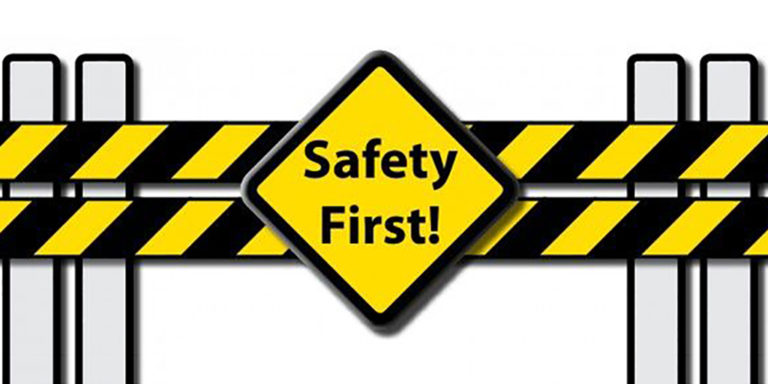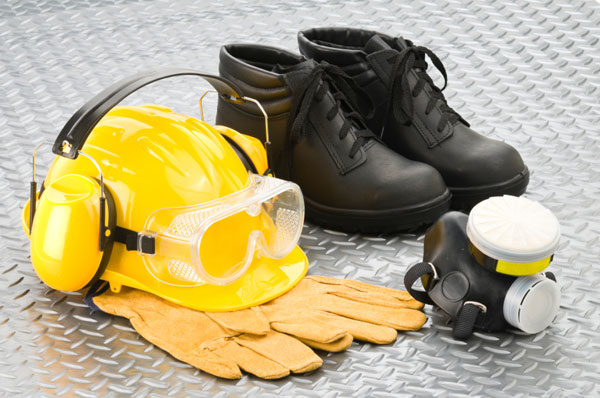June 24, 2019

Safety First
Being safe on the job includes maintaining and correctly installing gaskets. The number one safety procedure when installing a gasket into a bolted flange joint is to have an assembler who has been qualified in reference to ASME-PCC-1. When installing a gasket, make sure proper PPE (personal protective equipment) is worn. This can include safety glasses, hard hats, steel toed shoes/boots, gloves, etc. Proper lockout and tag-out procedures also need to be followed. And it is critical to check that there is no debris, or foreign material on the sealing surface in order to avoid leaking of fluid and gases. Choosing the right gasket is imperative for safety. If a gasket is not the right size or material it can result in leaks, serious damages and ultimately, injury.

Considerations for Bolted Flange Connections:
- temperature and pressure of the fluid
- chemical nature of the fluid
- mechanical loading
- variations of operating conditions
Different stress variables need to be analyzed when choosing a gasket. This includes minimum seating stress, ideal operating stress, minimum operating stress and maximum operating stress. All these variables need to be understood and taken into consideration. It is always advised to purchase gaskets from a reputable supplier whose priority is to sell quality products and back it up with technical support.
Always make sure that the material of the gasket is compatible with your application. If a gasket is deteriorating it most likely means the material is incompatible with the fluid and temperature. When a gasket deteriorates it can cause leakage which can lead to damages and injuries.
You should never re-use a gasket because it will affect its mechanical properties. As a system expands and contracts, the gasket should move with the piping. If it doesn’t and there isn’t enough load on the gasket you will get a leak which can lead to serious injuries.
When installing a gasket, it is imperative that proper bolting procedure is followed, such as the modified legacy method (star pattern) mentioned in ASME PCC-1. Without proper bolt tightening, leaks can occur resulting in damages and serious injuries. The operating temperature should never be exceeded above the maximum allowable temperature. If the temperature is exceeded it can cause heat cracks and blistering which can inevitably cause leakage.
When disassembling a joint it is important that proper plant procedures are in place. The procedure should include lockout and tag-out to depressurize the system, removal of liquid head from the system. Always loosen the joint away from yourself in case of accidental release.
Here are important questions to ask yourself before disassembling:
- Is the flange still under pressure?
- Is there still gas or fluid in the line?
- What if the piping springs up on release?
- What if the load swings in my direction?
Knowing when a leak is happening is important to help keep employees safe. Gasket unloading is the most common reason for leaks. This is caused from a joint not able to generate enough seating stress on the gasket material. When gasket seating stress is low it can be from applying the wrong load to the gasket or the inability to transfer the correct load to the gasket from friction that is unaccounted for during tightening. To prevent these issues, a good bolting procedure should be in effect ASME PCC-1.
For other specific applications or general procedures, please contact an applications engineer at tech@durlon.com and read our Bolt Tightening Worksheet here.
